THERE IS art you can interact with, lie down on, be immersed in, scratch and sniff, or just ogle at, at the inaugural NGV Triennial.
This diverse array of art is key to the future of art connecting with people, reckons Ewan McEoin, Senior Curator of Contemporary Design and Architecture at the National Gallery of Victoria (NGV).
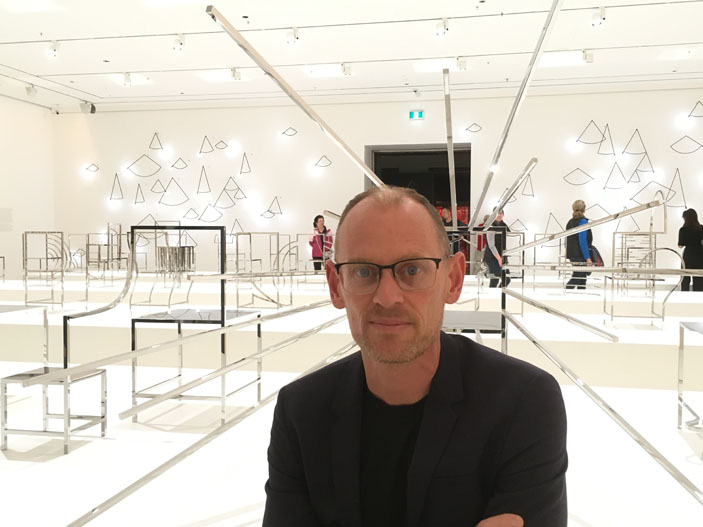
“Art and design allow a multitude of discussions across social, political, economic and industrial lines. People build a visual language for interpreting the world around them,” McEoin explains.
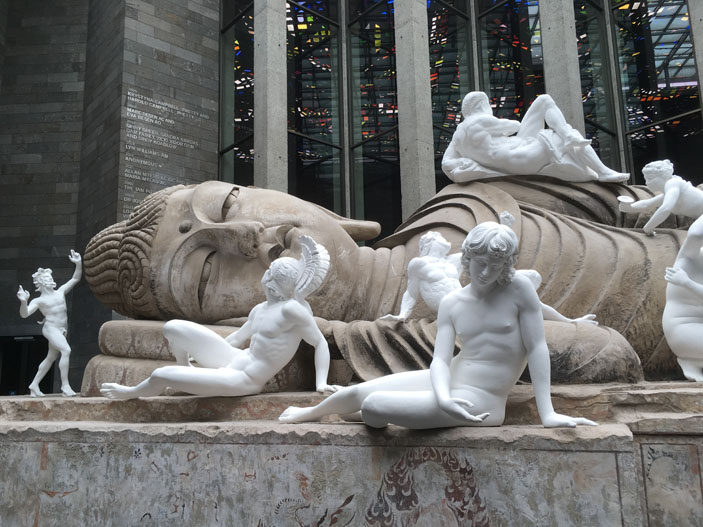
“We have to provide multi-layered programmes to engage people in different ways. There’s now a big focus on teens and children. And, for the first time, this year we see more visitors under the age of 45 to the NGV. ”
This multi-platform conversation is key to appealing to a wider audience. As a result, the inaugural NGV Triennial continues to push the benchmark higher for Australia’s oldest gallery.
You Might Also Like To Read:
Following on from its Melbourne Now exhibition in 2014, which drew in more than 750,000 visitors, the newly formed Design and Architecture department of the NGV went to work to translate that success into an ongoing series of engaging exhibitions.
Healthy Visitor Numbers
The NGV Triennial is a direct result of that initiative and while it’s reaching its final legs (the exhibition closes on 15 April 2018), it has already matched Melbourne Now’s attendance figures and is promising to breach the one million visitor mark, says McEoin.
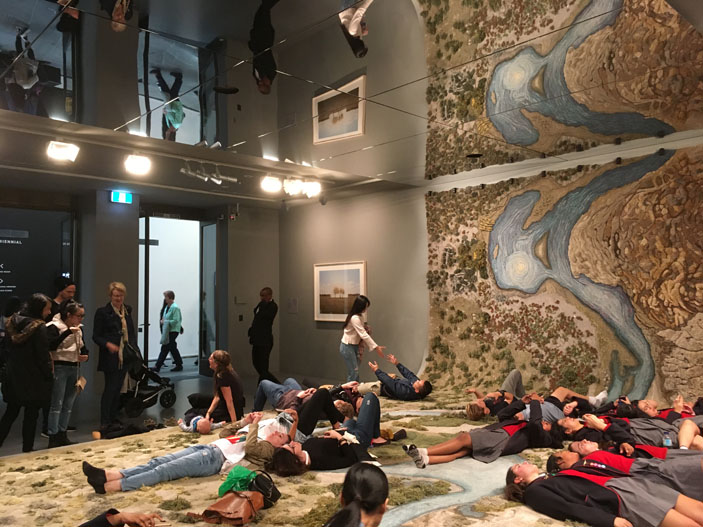
With more than 100 artists from 32 countries involved, the free-to-enter NGV Triennial is an eclectic offering which strongly appeals to a variety of interests and ages.
“We are getting audience numbers that are similar to MoMA and Musee d’Orsay,” McEoin adds.

The exhibits that have proven popular at the NGV Trienniale are quite varied, reflecting the diverse audience.
Ron Mueck’s Mass, a disarray of larger-than-life human skulls that serve to remind us of our mortality has a shocking effect on the viewer.
Of course, the ever-popular octogenarian Yayoi Kusama’s new user-interactive installation Flower Obsession, proved a hit. With the audience placing red flower stickers all over the installation, this room was in stark contrast to Mueck’s white exhibit.
Looking at current themes pertaining to technology, the environmentally conscious Formfantasma from the Netherlands took a stab at e-wastage in Ore Streams. And Japan’s TeamLab, always intriguing with their works as evidenced at the National Gallery Singapore’s Children’s Biennale, created Moving Creates Vortices And Vortices Create Movement, a work which responded to the motion of the audience.
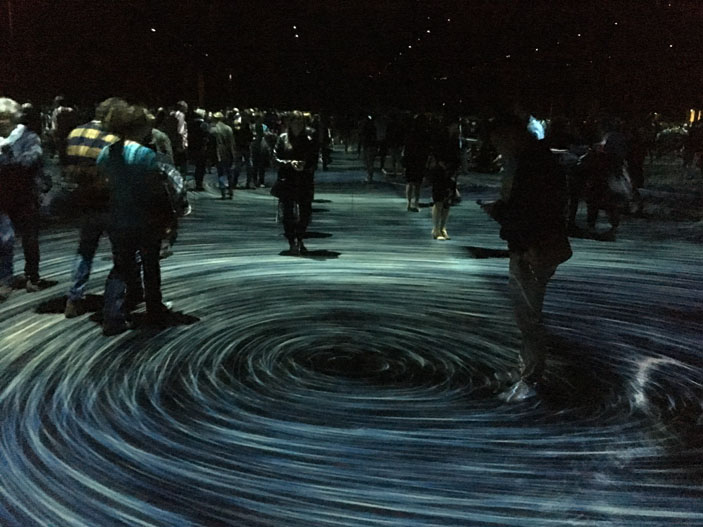
Chinese And Music Pop Together
On a “slow” Monday, the gallery is teeming with visitors. They span the range from lively school children and young adults to elder members of the international community. The mix of expressions ranged from excitement and awe to bewilderment, which would be about right for such a collection of exhibits.
McEoin hazards a guess that about half the visitors would be from Victoria, while another 30% would be inter-state and the remainder international guests.
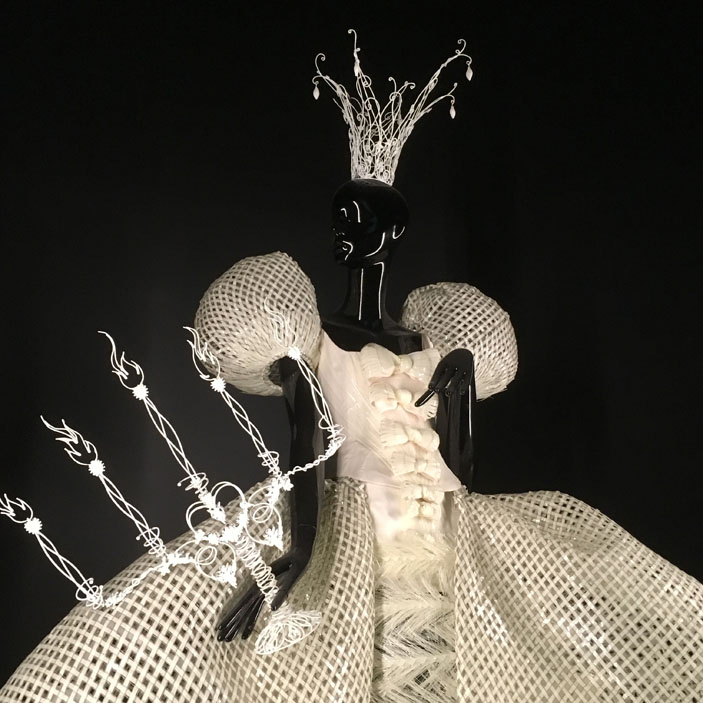
Visitors from China are proving a strong pull, probably attracted by the works of Guo Pei, whose extraordinary fashion sense was propelled to fame when Rihanna wore her yellow fur-trimmed gown and cape in 2015, and Xu Zhen, whose reclining Buddha with a variety of mythical sculptures dominates the entrance of the NGV.
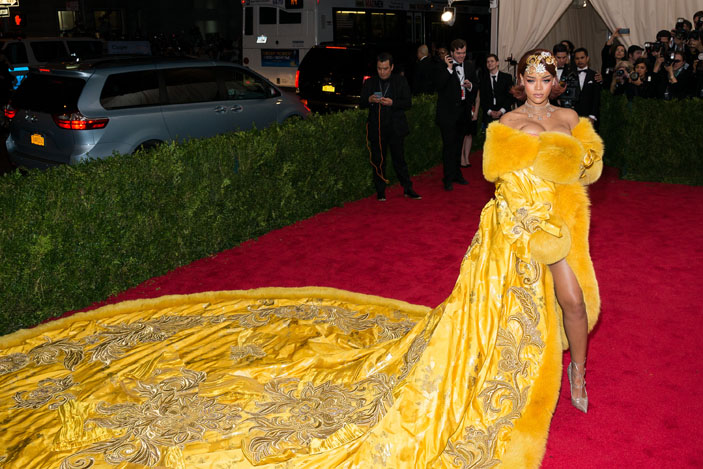
The increasing international attention the NGV is receiving is prompted by its open-minded approach to art.
While there are groups of old-world members who would prefer the NGV remain a staid showcase of established art (a phenomenon seen in many parts of the world and since a lot of wealth resides with the crusty), the changing world offers new vistas to approach.
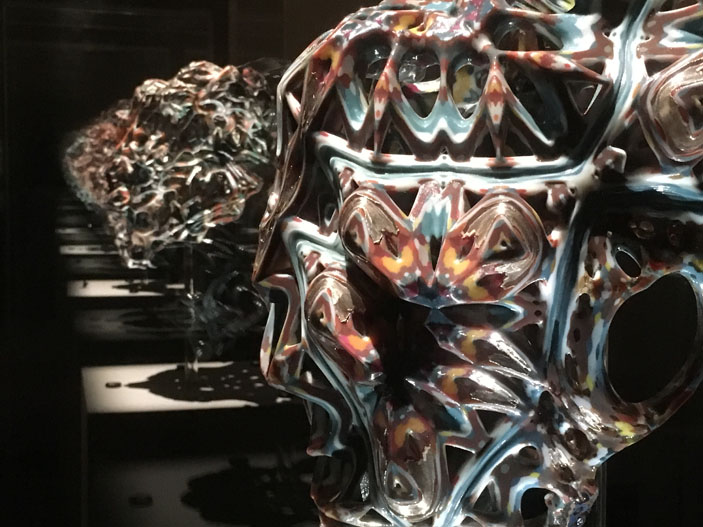
The younger, trendy and thought-provoking pieces created by the artists for this Triennial serve as proof that a new era of art is necessary to maintain the relevance of institutions like the NGV.
And its success in doing so is probably a useful lesson for other such institutions around the world to heed.





















